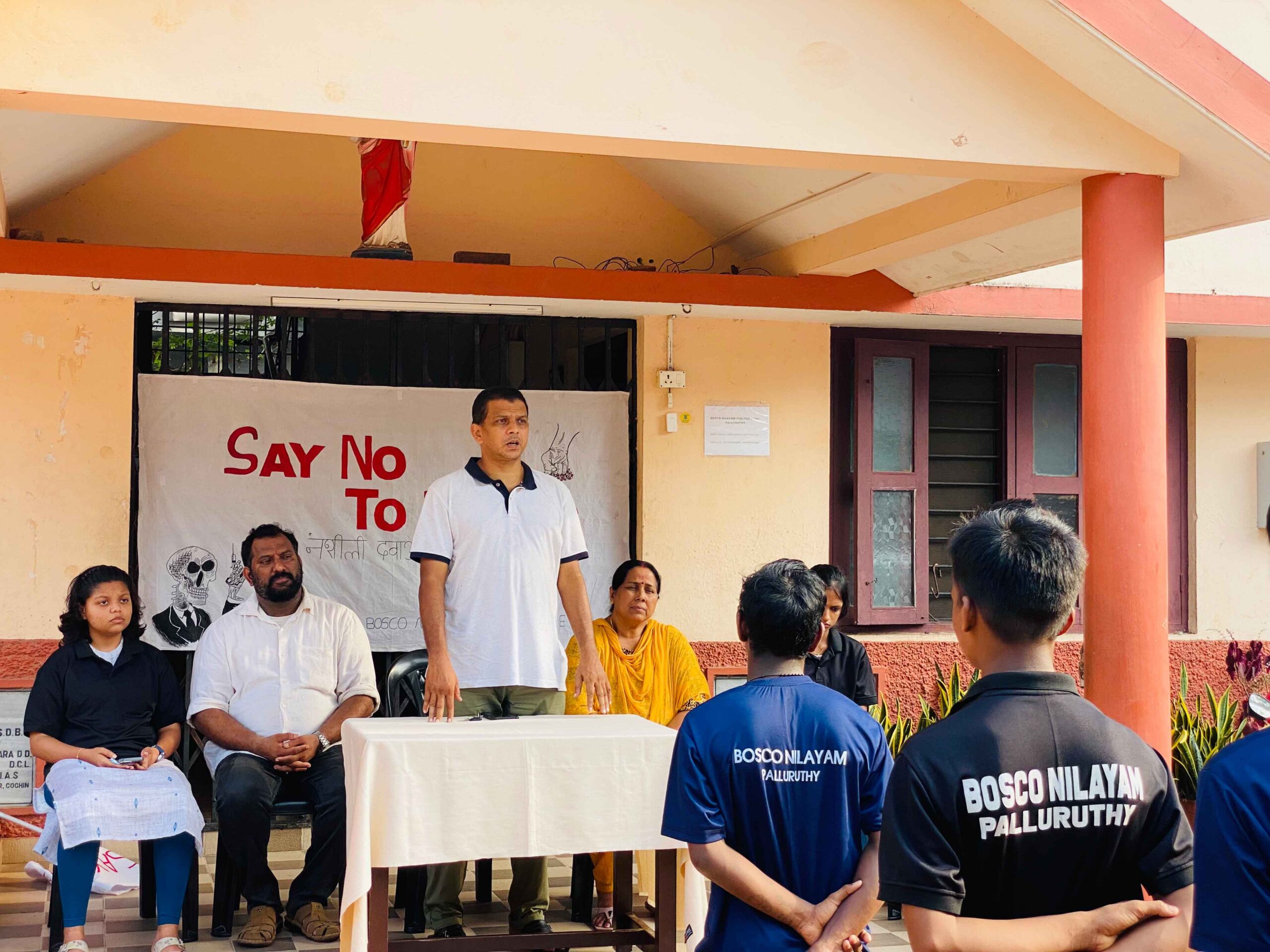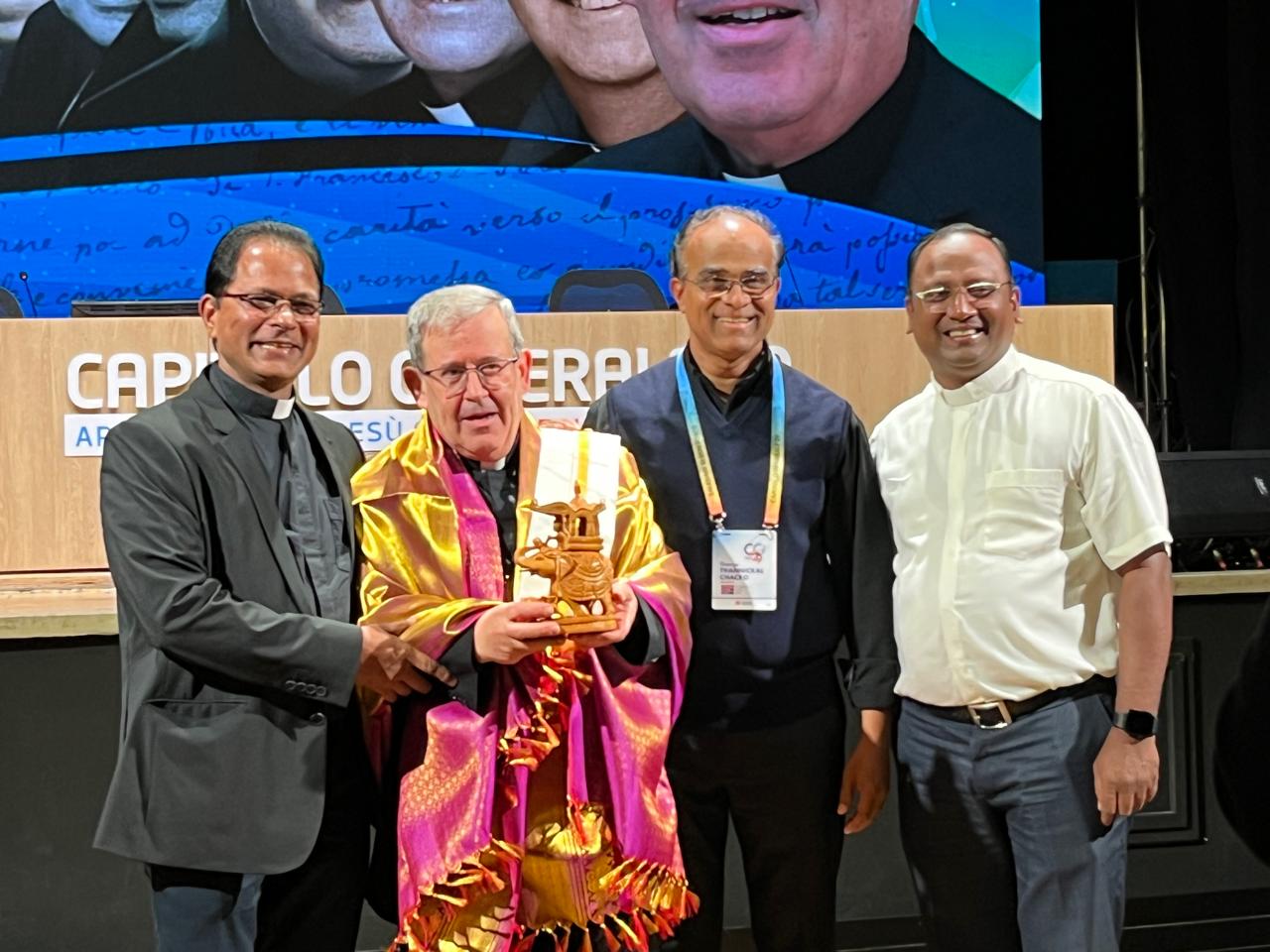
EMBRACING EASTER HOPE
The grave is where people go never to return. But Jesus came back from the grave to life for us,
to give us life where there was only death, and to make a fresh start where there was once an
ending. He, who moved the huge stone that closed the tomb, can also lift the heavy burdens that
weigh down our hearts. So let us not give up; let us not lose hope. The ultimate message of Easter
is that bad times and death do not win at the end. With God nothing is ever truly lost!
In his 2020 Easter Vigil homily Pope Francis called the Church to hope: “Tonight we acquire a
fundamental right that can never be taken away from us: the right to hope. It is a new and living
hope that comes from God. It is not mere optimism; it is not a pat on the back or an empty word
of encouragement, uttered with an empty smile… Jesus’ hope is different. He plants in our hearts
the conviction that God is able to make everything work unto good, because even from the grave
he brings life.”
Pope Francis presents hope not as a honeyed version of optimism but more like a seed, whose
fruit begins to sprout in darkness. Reflecting on the women who come to Jesus’ tomb in the early
hours of that very first Easter, he says, “Jesus, like a seed buried in the ground, was about to make
new life blossom in the world; and these women, by prayer and love, were helping to make that
hope flower.”
How, in our own hearts, do we invite hope to flower? How, in the midst of the world’s pain and
my own, do I even turn toward hope? Hope is the most profound reality. To talk of suffering
without hope is to talk about living without air. Let us take Pope Francis’s personal invitation to
heart: “Even if in your heart you have buried hope, do not give up: God is greater. Darkness and
death do not have the last word. Be strong, for with God, nothing is lost!”
The Brazilian author and journalist Fernando Sabino (1923–2004) wrote, “In the end, everything
will be all right. If it’s not all right, it’s not the end.” This encapsulates the essence of Easter: a
celebration centred around the belief that everything will eventually be all right. Easter
symbolizes hope, direction, purpose, meaning and community. It emphasizes our collective
journey and shared optimism. When we sing in the Easter hymn that Christ destroyed death, it
refers to the death of all of us. It’s not just about Jesus; it’s to humanity that God promises, “Life
is not ended, it merely changes”, as we say in the funeral liturgy. This transformation witnessed
in Jesus reflects a similar destiny for each of us. History is set on an inherently positive and
hopeful tangent.
A Testament to Easter Hope – Dietrich Bonhoeffer
Easter embodies a living hope – one that resonates with the challenges and realities of our
present existence, regardless of the circumstances we face. This truth finds profound expression
in the life of Dietrich Bonhoeffer, a Lutheran pastor renowned as one of the most influential
Christians of the 20th century. Bonhoeffer courageously opposed the Nazi regime in Germany
during World War II, initially through peaceful means. However, as the atrocities of the regime
escalated, he became involved in a plot to remove Hitler from power, leading to his imprisonment
and eventual sentencing to death.
Despite facing imminent execution, Bonhoeffer’s faith remained steadfast. Shortly before his
execution he was asked by his fellow prisoners to hold a service for them. Given the
circumstances, it was a strange request, but he agreed and gave an address based on 1 Peter 1,
3-4: “Blessed be the God and Father of our Lord Jesus Christ! By His great mercy, He has given us
a new birth into a living hope through the resurrection of Jesus Christ from the dead and into an
inheritance that is imperishable, undefiled and unfading, kept in heaven for you.”
He spoke words of gratitude and hope, urging his fellow inmates, including Christians, atheists,
and communists, to embrace the future with courage and optimism. Witnesses recalled how his
message touched the hearts of all present, transcending religious and ideological divides.
Shortly afterwards he was led away. The prison doctor saw him kneeling in his prison clothes
shortly before his execution in deep prayer to God. The doctor, deeply moved by the sincerity
and conviction with which Bonhoeffer communed with God, wrote: “The devotion and evident
conviction of being heard that I saw in the prayer of this intensely captivating man moved me to
the depths.” Through his unwavering faith and unwavering hope, even in the face of death,
Dietrich Bonhoeffer exemplified the transformative power of Easter hope, inspiring generations
with his enduring legacy of courage and resilience.
The Methodist theologian Marjorie Hewitt Suchocki understood what Bonhoeffer not only
believed but lived, when she wrote: “The edges of God are tragedy; the depths of God are joy,
beauty, resurrection, life. Resurrection answers crucifixion; life answers death.”
Josephine Bakhita, Easter Hope in the Face of Adversity
Easter reminds us of the enduring power of hope – a beacon that shines brightest in the darkest
of times. In his encyclical letter Spe Salvi, which focuses on the theological virtue of hope, Pope
Benedict XVI presents the remarkable life of Josephine Bakhita, an African woman canonized by
Pope John Paul II. Born around 1869 in Darfur, Sudan, Josephine’s early years were marked by
unimaginable sufferings. At the tender age of nine, she was abducted by slave traders, subjected
to brutal beatings and sold multiple times in Sudan’s slave markets. Enduring relentless abuse,
she bore 144 scars as a testament to her suffering.
In 1882 Josephine’s life took a dramatic turn when she was purchased by an Italian merchant,
Callisto Legnani and brought to Italy. Here, amidst the terror of her previous captors, Josephine
encountered a different kind of master – the living God of Jesus Christ. Learning the Venetian
dialect, she referred to God as “Paron”, realizing that He was unlike any master she had known
before. Unlike those who had mistreated her, this God was perfect, the embodiment of love itself.
Josephine discovered that she was known and cherished by this divine “Paron”, who awaited her
with open arms.
This newfound hope transformed Josephine’s life. No longer did she cling to a modest hope of
finding kinder masters; instead, she embraced a profound sense of assurance – “I am definitively
loved”. Through the knowledge of this hope, Josephine experienced redemption, transitioning
from a slave to a cherished child of God. She understood the truth of Paul’s words to the
Ephesians: without God, there is no hope.
Josephine received baptism and confirmation on 9 January 1890, and subsequently took her
vows as a Canossian Sister in Verona on 8 December 1896. Throughout her life, she tirelessly
promoted the missions, driven by the desire to share the hope that had liberated her. Her
remarkable journey points to the transformative power of encountering God. Her story serves as
a testament to the enduring hope that springs forth from such encounters.
Easter Paradox: Hope Amidst Life’s Complexities
We may be tempted to believe that with Easter everything falls neatly into place and life becomes
a perpetual journey of joy and fulfilment. However, the reality is far more complex. Easter, while
symbolizing the ultimate triumph of life over death through the resurrection of Jesus Christ, does
not guarantee a trouble-free existence.
Easter heralds a paradoxical reality: while suffering and adversity persist, they are infused with
the promise of redemption and renewal. Christ’s resurrection inaugurates a new covenant – a
divine encounter that imbues history with meaning and purpose. This covenant does not shield
us from hardships but equips us with the faith, resilience and hope needed to navigate life’s trials,
as Benedict XVI put it in his 2010 Easter message: “Easter does not work magic. Just as the
Israelites found the desert awaiting them on the far side of the Red Sea, so the Church, after the
resurrection, always finds history filled with joy and hope, grief and anguish. And yet, this history
is changed; it is marked by a new and eternal covenant; it is truly open to the future.”
Easter serves as a beacon of hope amidst the uncertainties of human history. It invites us to
embrace the complexities of our reality while recognizing the transformative power of Christ’s
resurrection. Rather than expecting instant solutions or eradicating all difficulties, Easter calls
us to actively engage with the world, knowing that through our faith and commitment, we
become instruments of positive change.
Spreading Easter Hope in Troubled Times
“India has the highest rate of teenage depression globally, with one in four young people affected.
Alarmingly, every hour sees one student in India taking own life.” At the India Today Conclave
Mumbai 2019 stories of young individuals grappling with this silent menace – teenage
depression – were shared.
In the face of such grim circumstances, we, the Salesians who serve as friends and mentors to the
youth, hold a crucial role. “The Salesian does not give way to discouragement in face of
difficulties, because he has complete trust in the Father” (Const. 17).
The Easter message of hope presents an opportunity to inject optimism into a world where many
adolescents feel despondent. Easter’s timeless promise of hope is a guiding light amidst the
darkness, affirming the potential for renewal and transformation even in the most daunting
circumstances. Let us embrace this message of hope and stand as beacons of encouragement to
the younger generation, offering solace, motivation and steadfast support as they journey toward
healing and wholeness.
Conclusion
As we contemplate the profound implications of hope in our lives, especially in the context of
Easter, we realize that it’s not just a passive concept but a dynamic force that drives us forward.
The resurrection of Jesus embodies this transformative hope, demonstrating its ability to change
the direction of our lives. It reassures us that our lives have meaning and purpose despite
uncertainties of future.
Easter hope offers solace and strength during times of suffering. Rather than avoiding or denying
pain, we find healing and growth by embracing it, knowing that God is with us in our darkest
moments, offering comfort and love. This understanding transforms our perspective on
suffering, imbuing it with redemptive potential and affirming our ability to endure it with
courage and resilience.
In contemplating the paradoxical nature of our earthly existence, we recognize that our deepest
longings find fulfilment in the hope of eternal life. This hope transcends the limitations of time
and space, offering us a glimpse of a reality where love reigns supreme and all desires are
fulfilled. In this hope of a future beyond our imagining, we find ultimate reassurance and
fulfilment.
Easter hope redirects our focus from the fleeting promises of human endeavour to the enduring
assurance of God’s love. In contrast to the modern-day aspiration of establishing an ideal society
– the “kingdom of man” – through scientific and political means, we must assert that genuine
hope resides solely in God. He is the one who will love us unconditionally “to the end” until all is
fulfilled in the perfect realm of future – the “kingdom of God”.
May this Easter Season rekindle in all of us the hope and promise of new life in Christ!
-
THE BIRTH OF...
08 January 2025 -
MONTH OF NOV...
13 November 2024 -
REDISCOVERIN...
13 October 2024 -
SYNODALITY A...
13 September 2024 -
INDEPENDENCE...
04 August 2024 -
THE SACRED H...
04 August 2024 -
THE SPIRITUA...
04 August 2024 -
EMBRACING EA...
04 August 2024 -
ST. JOSEPH: ...
04 March 2024 -
Dream of Don...
22 January 2024










